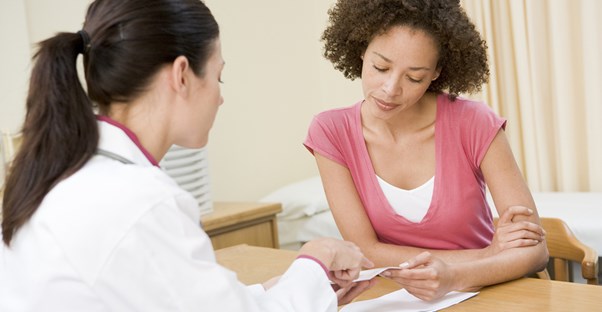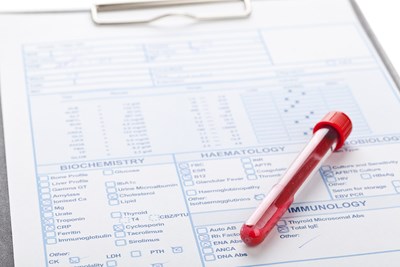It’s estimated that at least 80% of sexually active adults have contracted HPV at some point during their lives. While this surprisingly high percentage could lead you to believe this STI is impossible to prevent, this is not the case. Below are the risk factors that can increase your chances of HPV infection.
- Sexual Contact
HPV is spread primarily through sexual contact. Having sex with multiple partners or with partners who have had multiple partners themselves increases your risk. However, it’s possible to contract the disease after only one encounter, which means that abstinence is the only way to completely eliminate your chances of catching it. Using condoms can help minimize your risk, but it is not 100% effective at preventing the disease.
- Compromised Immune System
You’re at a greater risk of contracting HPV if your immune system has been compromised. This includes people with HIV/AIDS, people taking certain drugs, and people who have recently had an organ transplant. Since scenarios like these are often unavoidable, you will need to take extra precautions to minimize your other risk factors.
- Age
There are more than 100 strains of HPV, and people of certain ages are at a higher risk for certain kinds. For example, strains that cause plantar warts are more common in children than adults, while strains that cause genital warts are more common during adolescence or young adulthood.
- Indirect Contact
Unfortunately, HPV is not always transmitted directly from person to person. Surfaces in public showers, restrooms, and pools can also act as potential infection sites, provided that someone with HPV has come into contact with them. Taking precautions such as wearing swimming or shower shoes can help reduce your risk of contracting the disease in this manner.
- Skin Damage
Skin that has been cut or scraped increases the likelihood that you will contract HPV if you come into contact with it. Similarly, damaged skin is more likely to develop common warts once an infection has taken place. Properly cleaning and covering wounds can reduce the chance of damaged skin coming into contact with HPV.




